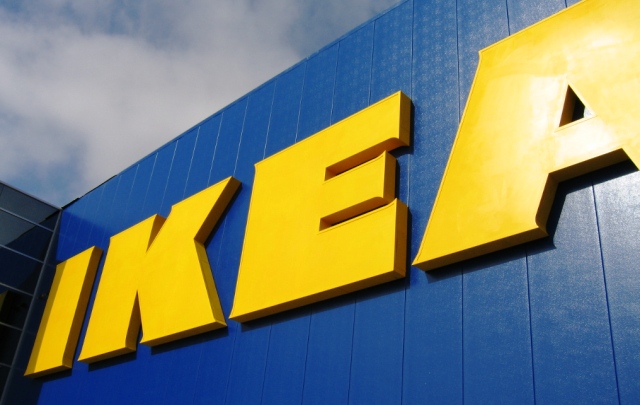Free shipping on orders over £50
TradeHURRY! SPRING SALE Now On! Get 10% Off Using Code KEEP10! Plus FREE SHIPPING On All Orders Over £50!
IKEA Announces Intention To Sell Only LED Lighting By 2016
 The word Lagom is Swedish and it means that just the right amount is best. It typifies IKEA’s ethos, and it’s also one of the reasons the company has announced that it will sell only LED lighting products by the year 2016.
The word Lagom is Swedish and it means that just the right amount is best. It typifies IKEA’s ethos, and it’s also one of the reasons the company has announced that it will sell only LED lighting products by the year 2016.
The decision came about because IKEA, like Wholesale LED Lights, is committed to providing high quality, energy-saving lighting products that don’t detract in any way from the well-being of the environment.
The declaration came just a year after a EU directive that will ban the production and sale of traditional incandescent light bulbs by the 1st of September 2018.
“IKEA believes the shift to the longer-lasting bulbs will help set an environmentally friendly example in the industry and also save the company about $10 million to $20 million a year, or 10 percent in lighting costs,” said Steve Howard, the company’s chief sustainability officer.
Longer-Lasting LED Lights
LED (Light-emitting diode) light bulbs have an incredibly long life-expectancy, lasting up to twenty times longer than incandescent bulbs.
Indeed, at an average 50,000 hours based on an 8-hour working day, LED bulbs will still be burning brightly in 17.12 years, unlike incandescent bulbs which need to be replaced several times a year.
LEDs are also capable of producing the same amount of lumens as an incandescent bulb, for a fraction of the energy.
Energy-Saving Excellence
An example of an LED bulb’s amazing energy and money-saving potential is the bestselling GU10 LED 80 SMD Bulb, which at just 3.3 watts is more than a replacement for a 50 watt incandescent bulb.
Based on an assumed electricity cost of 13.75 pence per kW/h (Kilowatts per hour), and calculated to run for 8 hours a day for a year, the cost difference between the two types of bulb is astounding:
- 50W Traditional Incandescent Light Bulb - uses 146 kW/h, costs £20.07;
- 3W GU10 LED 80 SMD Bulb - uses 9.64 kW/h, costs £1.32.
That’s an annual saving of £18.75 on just one light bulb! Just imagine the savings you’ll make by switching to LED lighting throughout your home!
Steve Howard went on to state, “LED is a light revolution. With household electricity bills continuing to rise rapidly and global energy consumption increasing, a small LED bulb can have a very big impact. It uses much less energy than a traditional bulb and brings a lot of home furnishing potential to the home.”
Environmentally Friendly
The knock-on effect of this superb energy-efficiency is that CO₂ emissions will be substantially lessened. Simply put, switching to LEDs will bring about a significant reduction in the amount of CO₂ producing fossil fuels required to be burned in the production of electricity for lighting.
Another eco-benefit of LED lighting is that, unlike CFLs (Compact Fluorescent Lights), the type formerly lauded as the energy-saver to beat all others, LEDs contain no toxic Mercury vapour which, if CFLs aren’t disposed of correctly, can have a seriously negative cumulative effect on both the flora and the fauna of the planet.
LEDs are manufactured using only 100% recyclable materials, so they should never end their lives in landfill sites as traditional bulb invariably do.
To find out how you can benefit from eco-friendly, energy-efficient energy LED lighting, have a chat with a member of our customer service team. Call today on 0116 321 4120 or send an e-mail enquiry to cs@wled.co.uk.






 Search
Search


